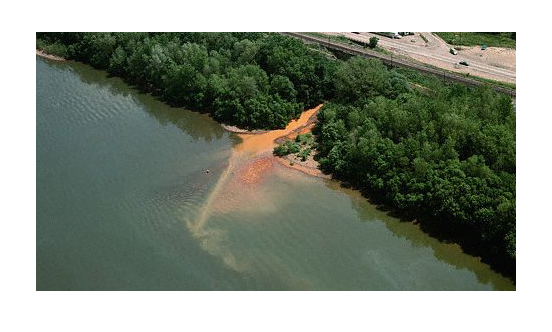Fate and Effect Studies/Evaluations

TMDLs are developed using water quality models that simulate the fate and effect of pollutants in the environment. The models use rate constants to match model predictions with calibration data as a means to validate the model. However, these models tend to be complex with multiple interacting kinetic coefficients that allow the model predictions to match the calibration data even though its use as a predictive tool may not be appropriate. This is particularly the case for nutrient models that predict plant growth and dissolved oxygen impacts. H&A evaluates these model predictions and the mix of rate constants to ensure that TMDL estimates are reasonable.
Lorem ipsum dolor sit amet, sapien platea morbi dolor lacus nunc, nunc ullamcorper. Felis aliquet egestas vitae, nibh ante quis quis dolor sed mauris. Erat lectus sem ut lobortis, adipiscing ligula eleifend, sodales fringilla mattis dui nullam. Ac massa aliquet.
